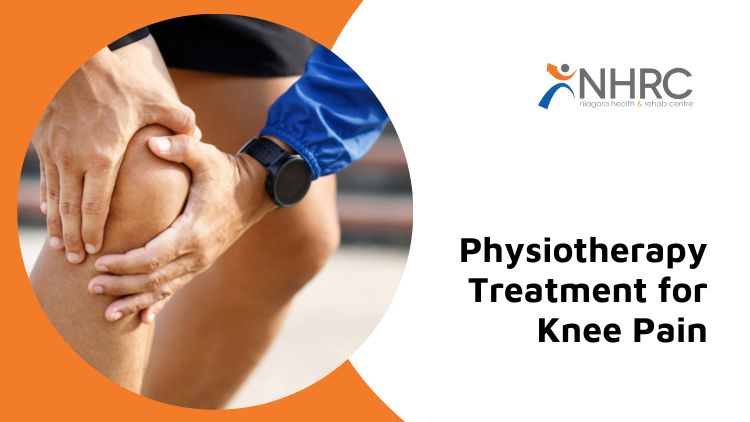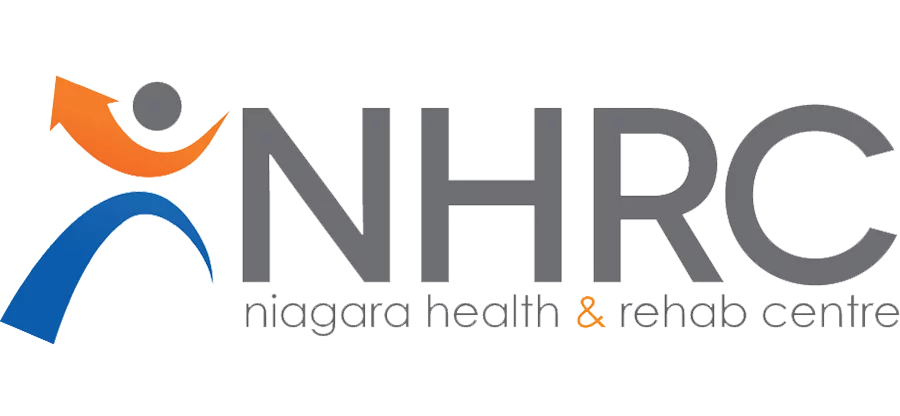
Knee pain can be a real problem for individuals on the move– especially if you’re an active person.
Fortunately, there are many treatments available to minimize the risk of persistent knee discomfort and manage it if it does occur.
A registered local physiotherapist will be able to customize a personalized treatment plan for you that targets the origin of your discomfort and reduces its recurrence. In this post, we share some top pointers on how to get rid of knee discomfort at last.
Who Exactly Is A Physiotherapist? And What Can They Do For Me?
Generally, they are healthcare professionals who specialize in treating patients who have suffered an injury or stress somewhere in their body– like your knees!
Physiotherapists, or physical therapists, are trained in assisting patients to recover from injuries and stress.
They may also be certified in specific areas that make them more specialized than family doctors in dealing with those conditions.
If you experience knee pain, physiotherapy is a great option to consider.
Physio For Knee Discomfort And Injury
Physiotherapy can be one of the best treatment approaches for managing knee pain and injuries. Physio care makes it possible for you to treat your condition in a focused and efficient way, often without the need for medication or surgery.
Based on an analysis of research studies, physiotherapy offers higher benefits than self-management for people with knee arthritis.
Physiotherapy offers a distinct combination of physical therapy treatments and exercises that can help you in reducing pain, regain mobility, and resume everyday activities.
While plenty of treatments are concentrated on pain relief, they can likewise be utilized to deal with the root reasons for knee pain.
Common Reasons For Knee Pain
Joint pain
Foot pain
Muscle spasms
Joint replacement surgery
Overuse injuries
Shin splints
Soft tissue injuries
Damaged tissue around the knee area
Arthritis – Osteo Joint Pain
Foot conditions (such as misalignment of bones, patellofemoral pain syndrome, etc.)
Some of the best physio approaches taken by therapists to provide knee pain relief includes:
Stretching Exercises
Stretching is a routine exercise you must do when handling knee discomfort– and it’s a lot more important if you’re recuperating from an injury. Research studies prove that individuals who stretch regularly have decreased pain and increased agility compared to those who do not stretch at all.
There are two primary types of stretches you can do to reduce knee pain: static and dynamic, and your physiotherapist can recommend the most effective ones for your unique condition.
During static stretching, you hold your muscles in a lengthened position for about thirty seconds. There should be a gentle stretch in your muscles, but no major discomfort.
Whereas, during dynamic stretching, your muscles are moved through a series of movements over time. It is normal to feel a slight pull and a stretch in your muscles as a result of increased stretching.
Both types of stretches have their advantages, but dynamic stretches are especially valuable for knee discomfort. They can assist you to loosen up stiff joints, improve your general flexibility, and boost the joint’s range of motion.
Strengthening Exercises
While stretching is important for minimizing knee pain, reinforcing the surrounding muscles is vital for long-lasting management of the pain. Strong muscles can provide stability and support to your joints, helping them to perform better as a result reducing the likelihood of discomfort and injuries.
A review of studies revealed that aerobic workouts combined with strengthening workouts are the most effective way to manage knee discomfort. Low-impact workouts such as swimming, cycling, and using an elliptical machine are great for reinforcing muscles without overburdening your knees. Exercises to strengthen your quadriceps (the muscles in the front of the knee) are also found to be extremely beneficial methods to decrease knee pain.
Once again, you should consult your physiotherapist to learn the best exercises to strengthen your knee muscles.
Please be mindful if you’ve recently suffered an injury, you should avoid high-impact exercises such as running up until your knee has healed.
Dry Needling
Dry needling is a particular kind of acupuncture that involves placing a really thin needle into trigger points. Trigger points are small knots in your muscle that cause pain and decreased mobility in the surrounding area.
Dry needling can be utilized to deal with all types of musculoskeletal conditions, including knee discomfort. Studies demonstrate that dry needling is just as effective as electrotherapy for treating knee osteoarthritis, with fewer adverse effects. Dry needling is typically used as part of a diverse treatment program. It’s not a stand-alone treatment– though it can be efficient when integrated with other treatments.
Acupuncture
Acupuncture is another therapy that is increasingly being used to treat knee pain. Like dry needling, acupuncture involves putting small needles into the skin at specific points on the body. Research studies show that acupuncture can minimize discomfort and enhance knee joint function in patients experiencing knee injuries. Acupuncture has extremely few adverse effects and is frequently used as an excellent treatment alternative for handling knee pain. It can also be used in conjunction with other treatment options.
Knee Braces
If you struggle with regular knee pain, a knee brace is a terrific method to protect your knee and avoid injuries from recurring. Braces are available in a variety of types and materials, and there are various designs to select from. A knee brace can help ease knee discomfort and support the knee in people who are recovering from an injury, have osteoarthritis, or have had a joint replacement.
Taping
Knee braces are often the first port of call for handling knee discomfort, but many people have concerns about their use. Taping your knee is a less expensive way of managing the discomfort and can be just as beneficial as a knee brace. Many research studies have proven that taping the knee can substantially decrease knee discomfort and enhance knee function in individuals with knee osteoarthritis. It can be used alone or together with other treatments.
TENS machine
Transcutaneous Electrical Nerve Stimulation (or TENS treatment) is a non-invasive therapy that offers instant pain relief. TENS machines send out electrical signals through the skin stimulating the nerves. As a result, both swelling and discomfort is reduced.
TENS machines are frequently used for short-term pain relief, such as after an injury. Some research shows that TENS machines can be efficient at managing knee pain, though more research is needed to establish its long-lasting impacts.
Final Thoughts
Knee pain can be a real headache, but it doesn’t have to be. By following a few easy tips, you can keep your knees healthy and pain-free. And if you do get knee discomfort, you can use these tips to lower the discomfort and return to your daily activities as soon as possible. In short: if you need help with your knees, call Niagara Health & Rehab Centre today to see an experienced physiotherapist!
Proudly serving the St Catharines community and surrounding areas. Now taking new patients!
